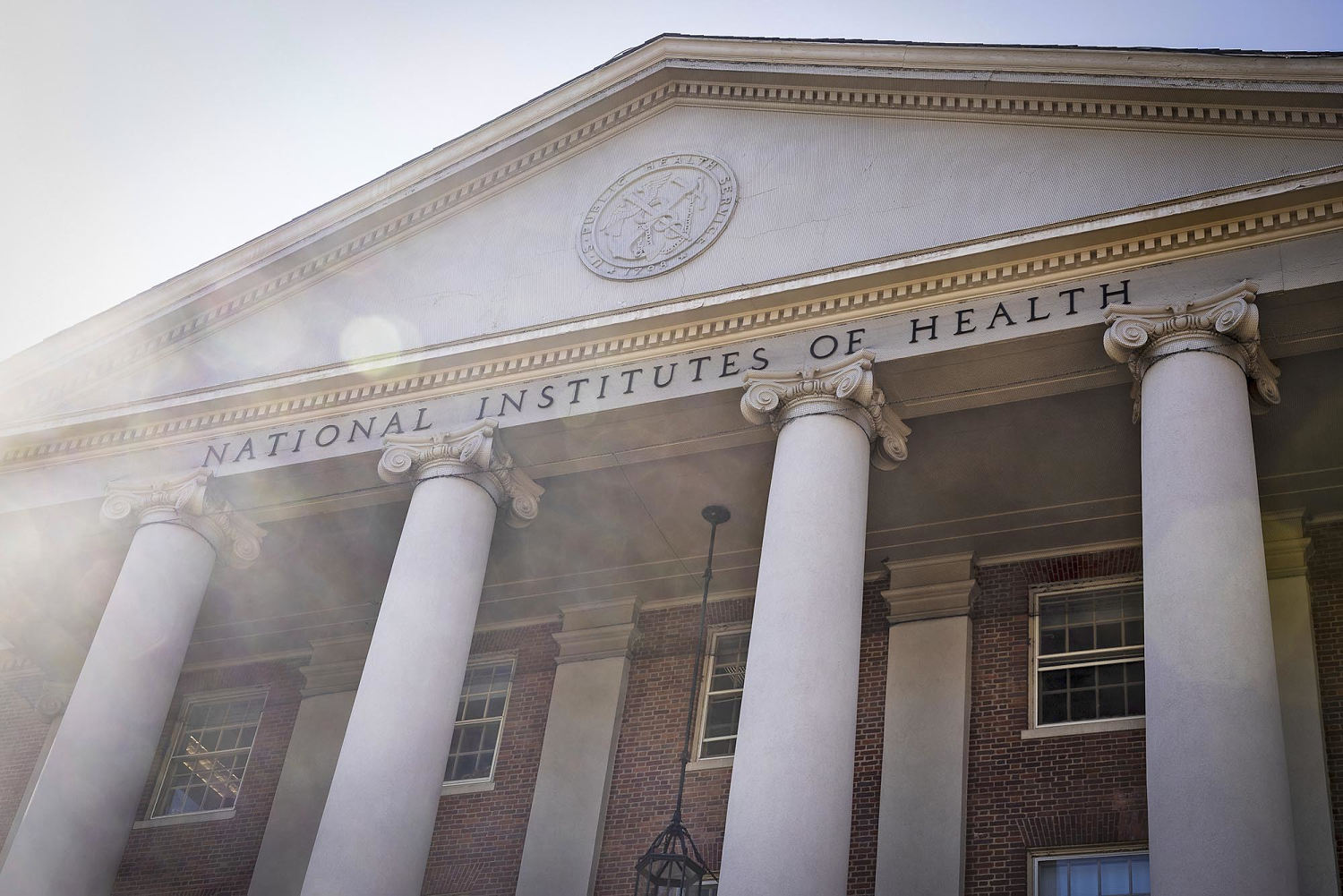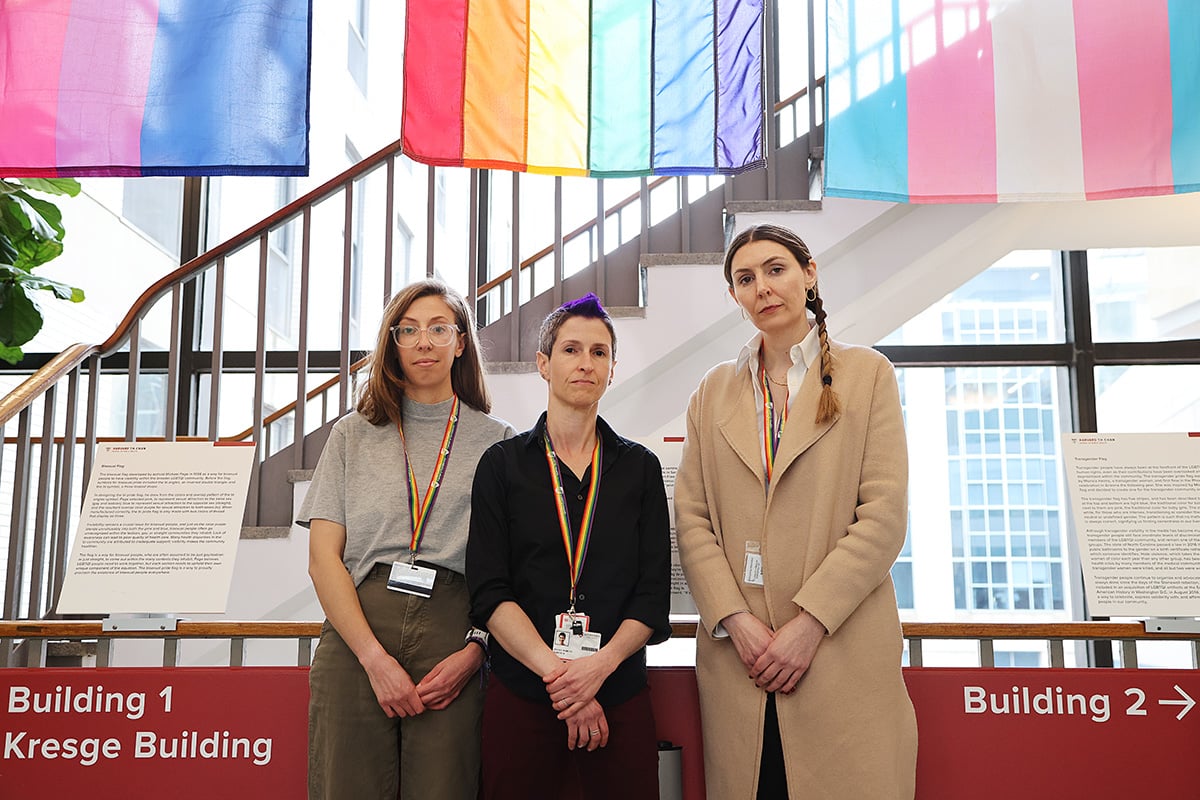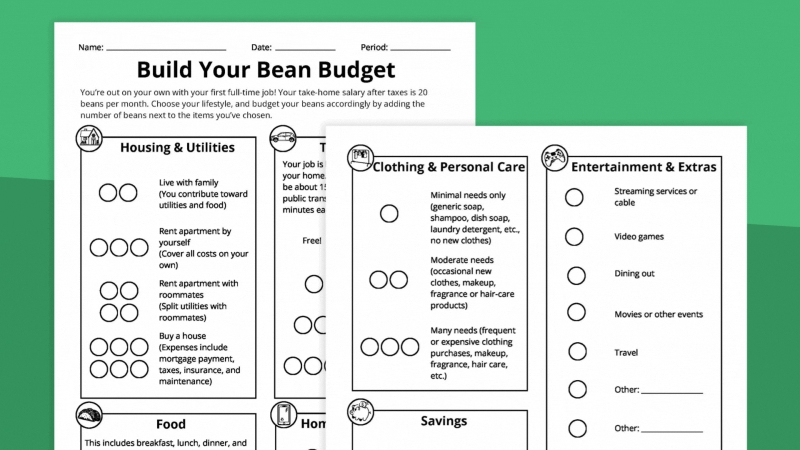Over the past 120 days, we’ve conducted tours of over 50 high schools in more than 1,000 classrooms across various cities including Boston, Dallas, Los Angeles, Northern Colorado, Kansas City, Twin Cities, Pittsburgh, and San Diego. These schools were purposefully selected for their dedication to real world learning, positioning them at the forefront of innovative education. These visits showed schools leading the way into new pathways, active learning methods, and work-based learning initiatives. From our observations at these leading schools, we’ve identified 8 key insights about the state of American high schools.
More Students in Intentional Pathways
During our extensive observations, we encountered numerous intentional career pathways, aligning with our research focus. In many educational systems, there’s a noticeable shift away from the traditional “college for all” approach and a greater focus on pathways that connect students with various career opportunities.
This trend is supported by compelling evidence from California, where enrollment in career pathways has significantly increased from 18% to 23% over the past six years. Moreover, with the inclusion of dual enrollment pathways, this figure doubles. California’s substantial investment of over $6 billion in pathways underscores its commitment to aligning K-12 education with community colleges and universities, as outlined in the Master Plan for Career Education. This comprehensive plan aims to streamline the multitude of career training pathways and funding sources, ensuring a cohesive educational journey for students.
More Evidence of Career Exploration
In many cities, we observed middle-grade career exploration initiatives that help guide high school students in selecting their pathways. We found commendable the emphasis on career exploration and the implementation of individual learning plans within the K-12 framework of St Paul Public Schools. Similarly, we commend the Middle School Career Exploration program in Dallas ISD, which incorporates the Education Opens Doors curriculum.
Further supporting this observation is the fact that a majority of states (73%) recognize middle school career exploration as a crucial aspect of students’ education. Moreover, an overwhelming majority (92%) allocate funding to support such activities, and a similar percentage (92%) have policies in place to ensure its implementation (Extending the Runway, ASA/ESG).
Engagement is the Exception
While the increase in students enrolling in quality pathways is promising, a pervasive issue we noted is the low levels of student engagement. Across most master schedules in career, arts, and elective courses, we found that active engagement, community-connected projects, and work-based learning experiences are often relegated to the periphery.
Supporting this observation, Jal Mehta and Sarah Fine, during their 2018 tour In Search of Deeper Learning, similarly found that deep engagement was more of an exception than the norm. Additionally, according to Gallup’s 2023 report, on average, students rate their school’s ability to make them feel excited about learning as a mere C+. Moreover, a concerning 71% of public school leaders expressed at least “somewhat” concern about the mental health of their students (NCES, 2/24).
This issue extends beyond the realm of education; Gallup’s 2024 findings indicate that only a third of workers report being engaged, marking an 11-year low in workforce engagement.
Still Stuck in Courses
For the past two years, Tim Knowles of the Carnegie Foundation has been emphasizing the entrapment of American high schools within the confines of the Carnegie Unit. These units dictate graduation requirements, licensure, funding, and even the physical layout of nearly every school, being structured around time-bound content courses.
There are promising developments on the horizon, however. Through collaboration with the XQ Institute, Carnegie aims to cultivate and introduce a new ecosystem that transcends the limitations of the Carnegie Unit. The “post-Carnegie-Unit” will offer support for innovative alternatives to the traditional time-based models of learning and achievement.
An example of this shift can be seen in the integrated projects implemented within the triple house block at the School for Environmental Studies. Here, subjects such as English, Social Studies, and Environmental Studies are combined, aligning with a more holistic approach to education and learning expectations.
Math Education is Obsolete
In most schools, the lowest levels of engagement were in math (which is also the subject of highest concern for pandemic learning loss). Math expectations (and the algebra, geometry, and algebra II course sequence) are stuck in the Sputnik era. In The Math(s) Fix: An Education Blueprint for the AI Age, Conrad Wolfram estimates that 80% of the math curriculum is focused on simply completing repetitive exercises that students typically do by hand. There’s no need to add fractions, learn long division, or factor polynomials when computers can calculate. Instead, “humans should learn to use computing tools to address increasingly complex problems.” (See 2020 podcast with Wolfram and stay tuned for an update).
Our school visits showed very little math instruction relevant to career pathways. It’s admittedly hard for schools to innovative in math because traditional gateway courses and tests assess hand calculation. Changing will require a policy shift (and it might start with new career-oriented credentialed diploma pathways like that being considered in Indiana).
Promising developments in math education include the adoption of highly engaging instructional approaches, such as those observed at several schools including Del Lago Academy, where Peter Liljedahl’s Thinking Classrooms methodology is employed. Here, students collaborate in teams to solve problems using vertical whiteboards. However, despite the high level of engagement, students still predominantly emphasize hand calculations over modeling complex, pathway-relevant systems. Additionally, there’s XQ Math, which offers a credentialed sequence of project-based modules in algebra and geometry, providing an alternative and innovative approach to math instruction.
More Dual Enrollment
We observed a significant increase in dual enrollment programs, indicating a positive trend in expanding educational opportunities. Dual enrollment, which may be twice as prevalent as AP courses, offers a broader spectrum of quality. However, akin to the traditional approach observed in many AP classes, most dual enrollment courses still follow conventional instructional methods and assessment practices.
Furthermore, the proliferation of dual enrollment programs within high school campuses, notably supported by initiatives like the College in High School Alliance, facilitates the integration of pathway-aligned scheduling and teaching methods. Particularly noteworthy are examples such as P-TECH schools, which seamlessly blend early college opportunities with work-based learning experiences. For instance, St. Vrain Valley Schools have established self-contained P-TECH programs, specifically catering to first-generation students, at each comprehensive school.
For further guidance and insights into strengthening dual enrollment initiatives, resources such as “How States and Systems Can Support Practitioner Efforts to Strengthen Dual Enrollment” by CCRC offer valuable advice. Additionally, resources like “How High Schools Can Successfully Accelerate College Pathways,” featuring ASU ULC courses, provide practical strategies for effectively implementing dual enrollment programs.
Pictures of the Future from the Edges
While stuck in courses, the shift to powerful learning experiences focused on transferable skills was many career pathways:
INCubatorEdu entrepreneurship courses in Illinois and Texas schools
PLTW courses in health and engineering particularly at Summit Technology Academy where they display student research the way other schools show off sports trophies)
CAPS courses integrated into Shakopee High pathways
CAPS Network launched the Student Media Agency to extend national access to client projects (see The Network podcast)
Performing Arts pathway courses at HRSA and Art in Motion where creativity and entrepreneurship are explicit
Equity at Scale
Finally, the Masters of Scale award goes to Dallas ISD for equitable and responsive pathways at every high school and in every corner of the city. Every comprehensive high school has a P-TECH (some focus on health, business, energy as well as IT) and 3-5 career academies (many NAF affiliated). Career Institutes in every quadrant of the city provide pathways to 18 high-wage, high-demand careers. Specialty schools add entrepreneurial options and it’s all transported choice. Dallas County Promise adds college-going support and Big Thought adds afterschool options. (See podcast on Dallas School Visits.)
On a smaller scale but equally thoughtful, each of the four North Kansas City high schools developed four career academies during the pandemic (Business, Leadership & Entrepreneurship; Design, Innovation & Technology; Health & Wellness; and Human Services). Like academies collaborate in productive ways. For example, teachers from the four health academies visited San Diego health-focused schools in January.
NKC schools are four of the 85 high schools in metro Kansas City participating in Real World Learning, an equity initiative sponsored by the Kauffman Foundation. Each school is expanding access to client projects, internships, entrepreneurial experiences, college credit courses, and industry-recognized credentials. (See 2021 RWL Case Study.)
Conclusion
American high schools are still stuck in traditional course-based structures and graduation requirements (including badly outdated math expectations). They are increasingly organizing courses into coherent, accelerated, supported pathways connected to opportunity. Client-connected projects are trending and showing up inside core, career and elective courses.
We didn’t see much evidence of productive AI use by teachers or students this spring (despite the AIR Show). We anticipate seeing a lot more AI use on our school visits next year.
Dallas School Visits
Minnesota School Visits
The post The State of the American High School in 2024 appeared first on Getting Smart.
Discover the current state of American high schools through observations from our recent school visits and tours across the country.
The post The State of the American High School in 2024 appeared first on Getting Smart. Learning Design, New Pathways, High school, real world problems, school visits Getting Smart







